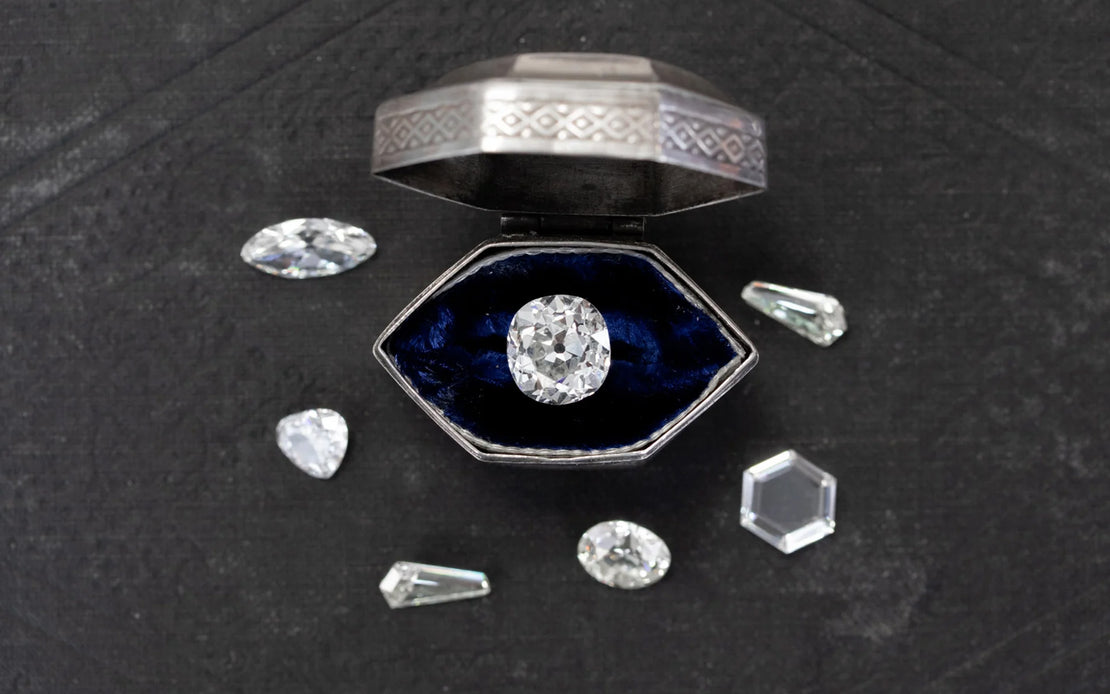The Journey to Finding the Perfect Diamond
When you begin the seemingly daunting hunt for an engagement ring, or dive into research before you invest in a dazzling diamond for yourself, one of the very first popular hits is “Know your Four C’s!”. We’re here to break those down for you, and make that pursuit for sparkle a little less alarming. After all, whether you’re getting engaged or gifting yourself a new beauty, the process should be as joyous as the occasion!
Understanding the Four C's: Cut, Clarity, Color, and Carat
Time to get technical. The Four C’s are cut, clarity, color, and carat. Each describes the stone in appearance and contributes to its value. The Gemological Institute of America, or GIA, developed these four brackets of rating systems to standardize how to evaluate a diamond. It’s important to remember that these factors contribute to the price tag of a diamond but aren’t the only things to think about! Things like country of origin can be taken into consideration, and if the ring is set into a piece of jewelry, the materials and design of the ring would also be considered. The Four C’s are certainly a good starting point for knowing what you are getting and ensuring the market is evenly and fairly priced.
Cut: The Art of Brilliance
First Up—Cut! The cut of a diamond is probably the most obvious one of the Four C’s. It speaks to the quality of the process in which the diamond was grinded, sliced, and faceted to increase its brilliance. It’s all about proportions resulting in fiery sparkle here. Some diamonds were cut to retain as much of the rough diamond as possible, while others were cut for the sole purpose of reflecting light the most. There are standard ratios and numbers of facets (the angled surfaces covering the stone that scintillate when moved) for a modern round brilliant diamond, which is the most commonly used cut today and what the scale is based on. The accuracy and resulting beauty of the weight ratio, symmetry, and polish a stone can result in a grading of anywhere from excellent to poor on the cut scale. Stone cutters have been evolving and improving their techniques for centuries, and we’ve come a long way when it comes to cuts.
About a century later, Queen Marie Antoinette (the original mega influencer) sparked another major moment for the beloved bow, as they were one of her most favored accessories.
Cut is sometimes confused with shape. Diamonds come in endless options of shapes—round, square, rectangular, triangular, heart kite, etc.! The cut grading system does not indicate shape but the brilliant faceting and proportions of table size, crown, pavilion angle, girdle thickness, culet size, and total depth. All the fun stuff! Those aspects all work together to affect a diamond’s brilliance.
Clarity: The Beauty of Natural Birthmarks
Next, we have the clarity of a diamond. This is how clear the diamond appears to be. All diamonds will have naturally occurring inclusions and deposits of minerals since they’ve been buried deep in the earth for a very long time! We like to call them birthmarks. A clarity rating will tell you how apparent these blemishes are. The GIA clarity scale has 11 categories ranging from FL (flawless) to I3 (with obvious inclusions). The majority of diamonds fall somewhere in between in the VS area as FL diamonds are outrageously rare. This scale was created so there was no misinterpretation of common language like the word “clean” when describing a specific diamond.
Color: The Quest for Perfection
Another “C” that diamonds can be graded on is their color. Colorless diamonds are the most desirable; everyone seems to be searching for their perfect white and dazzling beauty. As a result, the closer you get to colorless, the more valuable the diamond is considered. Diamonds occur in nature in a variety of colors—white, champagne, pink, yellow, black, even blue! The standardized color scale the industry uses is a method of grading seemingly white diamonds, as those “fancy” hues fall outside of the range. The GIA scale begins with letter D, representing a lack of any hint of coloration on the stone, and ends with the letter Z, where the stone is light yellow or even brownish. Each letter in between D and Z indicates a specific level of appearance of color from colorless → near colorless → faint → near faint → very light → light. Pretty precise stuff!
Fun fact—Why does the scale start with D and not A? Before the modern color scale that we use today was established, earlier versions used the letters A, B, and C. The Institute wanted there to be zero confusion when it came to their new and accurate grading scale and decided not to use those previously used letters at all.
Carat: The Measure of Weight
Last but not least, we have our final C… carat. A carat is a metric unit that is used to measure the weight of a diamond (or any gemstone!). Early gemstone merchants used a plant seed called the carob seed as counterweights in their balance scales against gemstones. These seeds were relatively consistent in weight, giving the traders some kind of constant measurement. We’ve come a long way since then. In 1913, the term “carat” was established to represent 0.2 grams.
Carat can be tricky since a lot of people associate the carat weight as how large the stone may appear on a finger. The higher the carat doesn’t necessarily mean a larger visible surface area of a diamond set into a ring. A diamond could be cut a certain way where it is very tall and much of the weight is hidden in a setting. Alternatively, you can have a seemingly large stone that has a low carat weight because it’s cut very thin and almost the whole stone is visible to the eye when set. Carat weight can be a good indication of size, but it’s not an A = B scenario.
Conclusion: Mastering the Four C's
So there you have it, the infamous 4 C’s: Cut, Clarity, Color, and Carat. All very good places to start when you are comparing loose diamonds, antique pieces, or modern designs. The Four C’s are not isolated from each other when it comes to determining the value of a stone. A diamond may have a very high carat weight which would be valuable, but a low clarity score could bring that cost down. We suggest determining what qualities are the most important to you and then finding a beautiful compromise between all the factors. And we’re here to help!
Favorite Diamonds in Our Collection
-
.82ct Bullet Shape Diamond, GIA E SI1
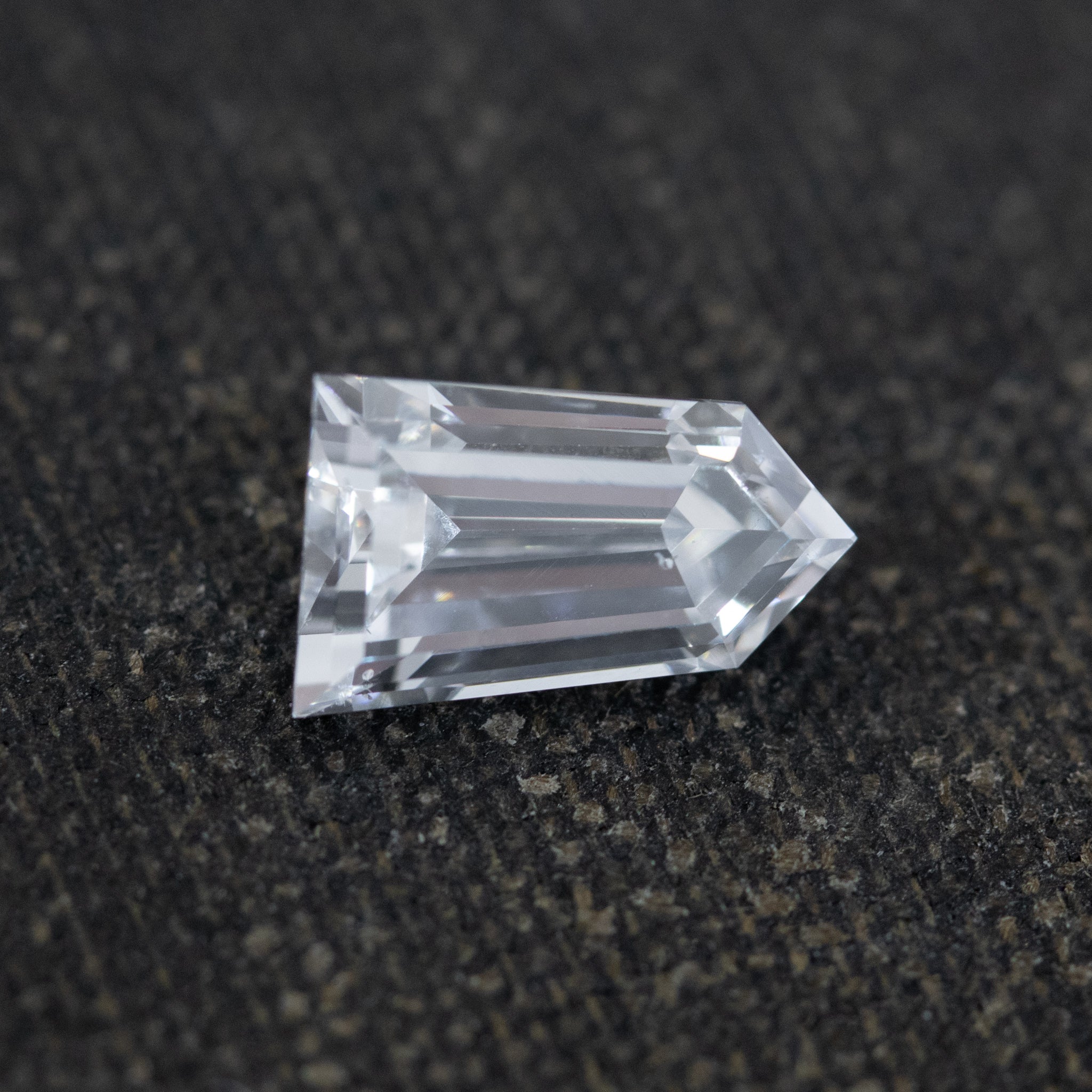
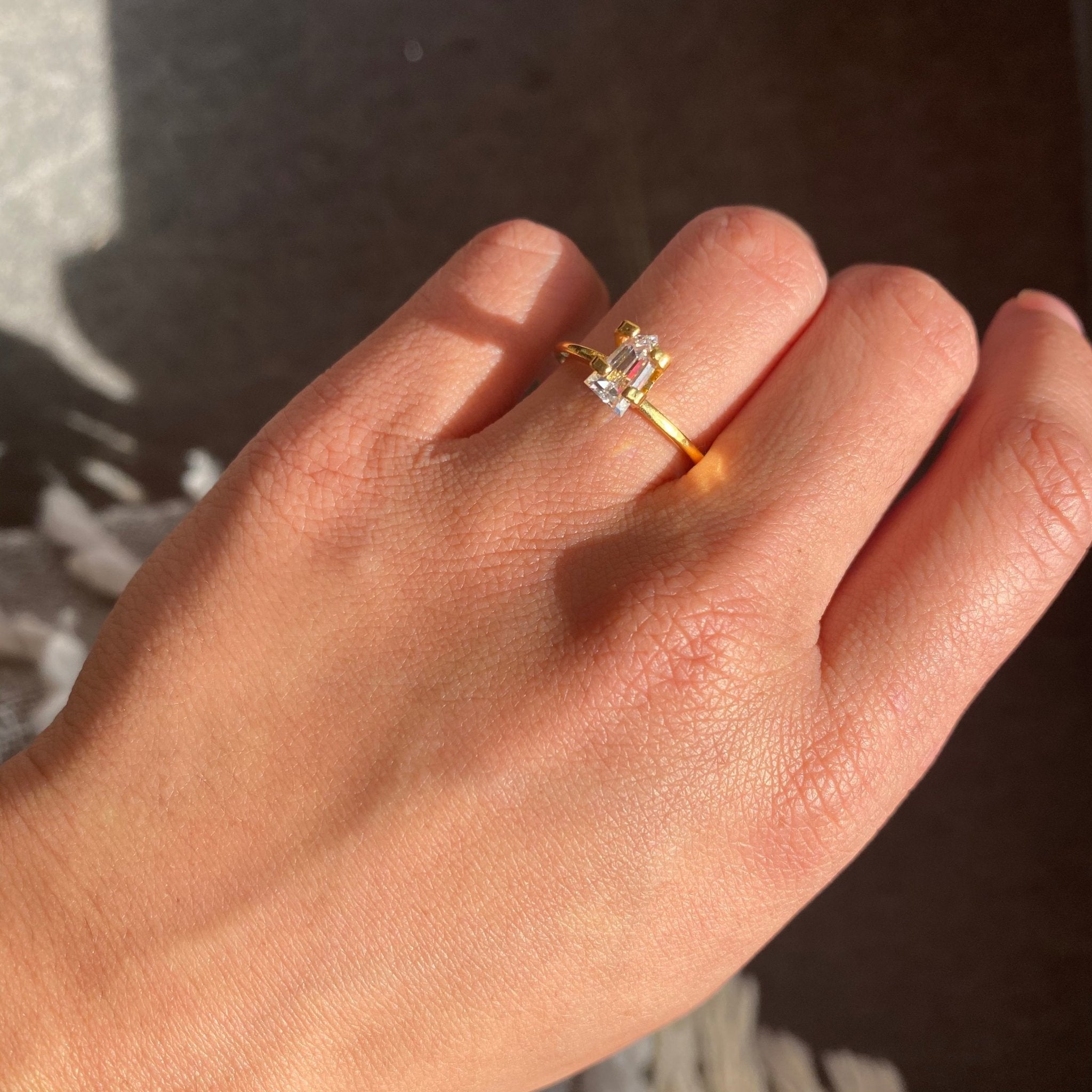
.82ct Bullet Shape Diamond, GIA E SI1
- Regular price
- $5,300.00 USD
- Sale price
- $5,300.00 USD
- Regular price
-
-
.83ct French Cut Diamond, GIA I VS
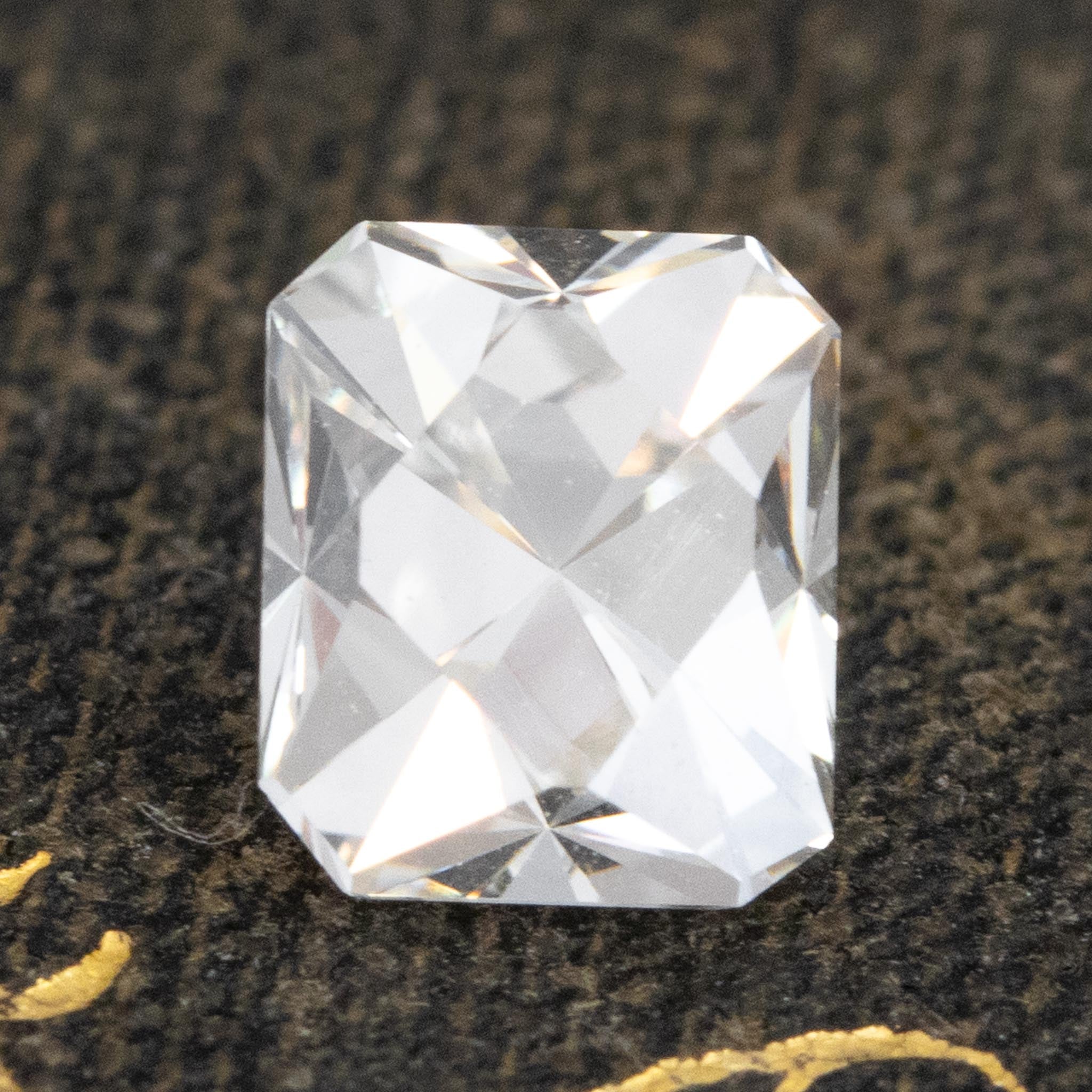
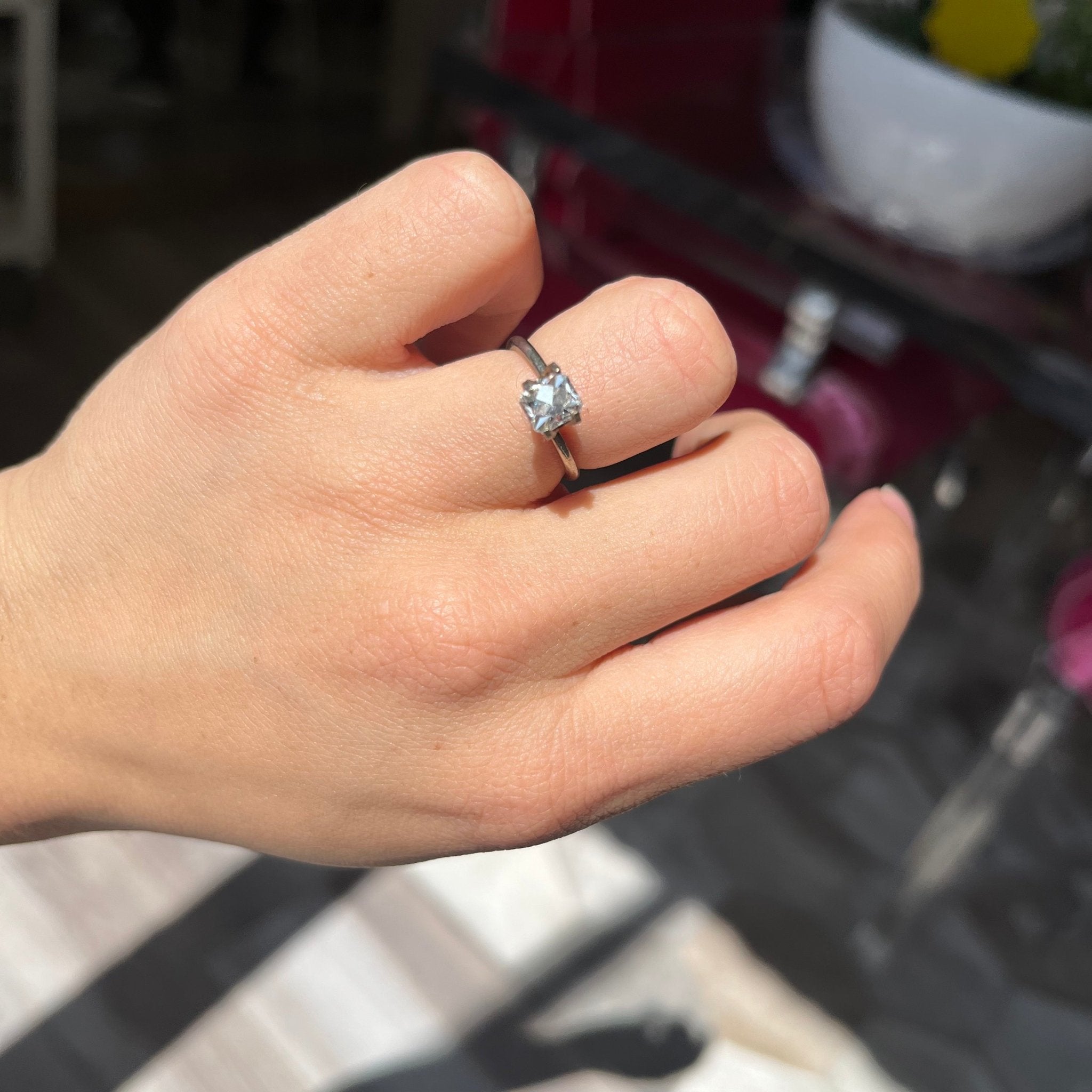
.83ct French Cut Diamond, GIA I VS
- Regular price
- $3,400.00 USD
- Sale price
- $3,400.00 USD
- Regular price
-
-
1.01ct Old European Cut Diamond, GIA H VS1

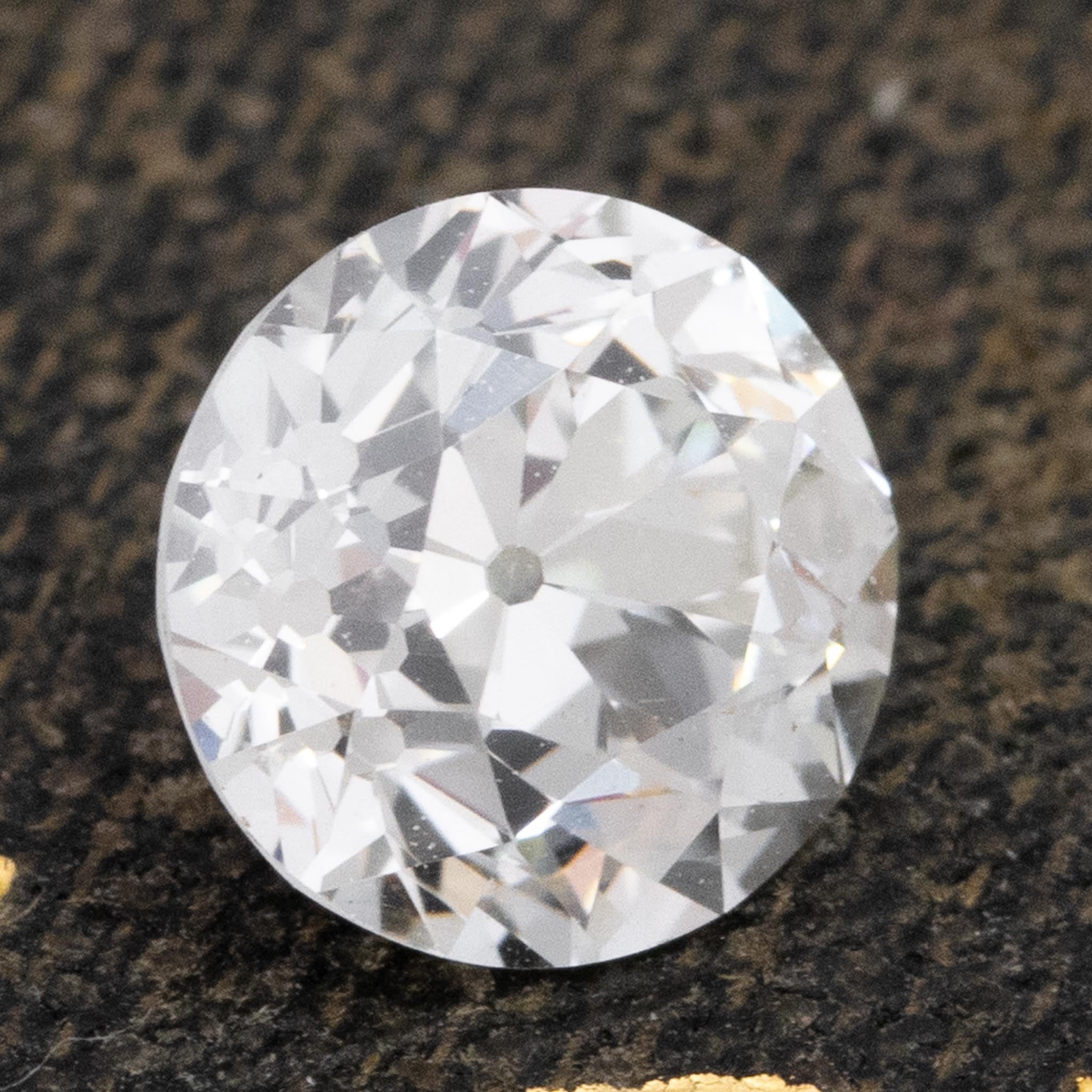
1.01ct Old European Cut Diamond, GIA H VS1
- Regular price
- $9,100.00 USD
- Sale price
- $9,100.00 USD
- Regular price
-
-
1.03ct Rose Cut Trillion Cut Diamond, GIA UV SI2
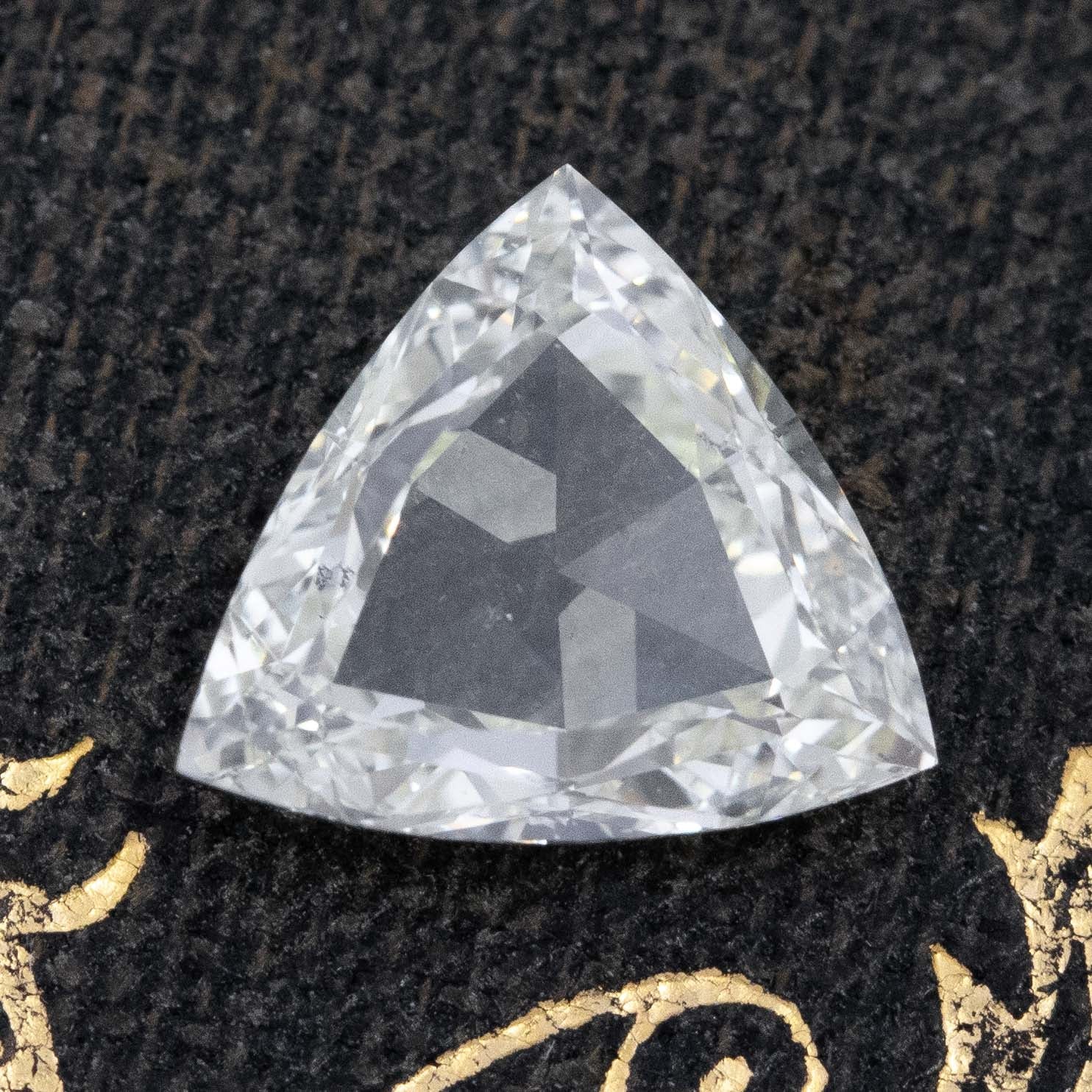
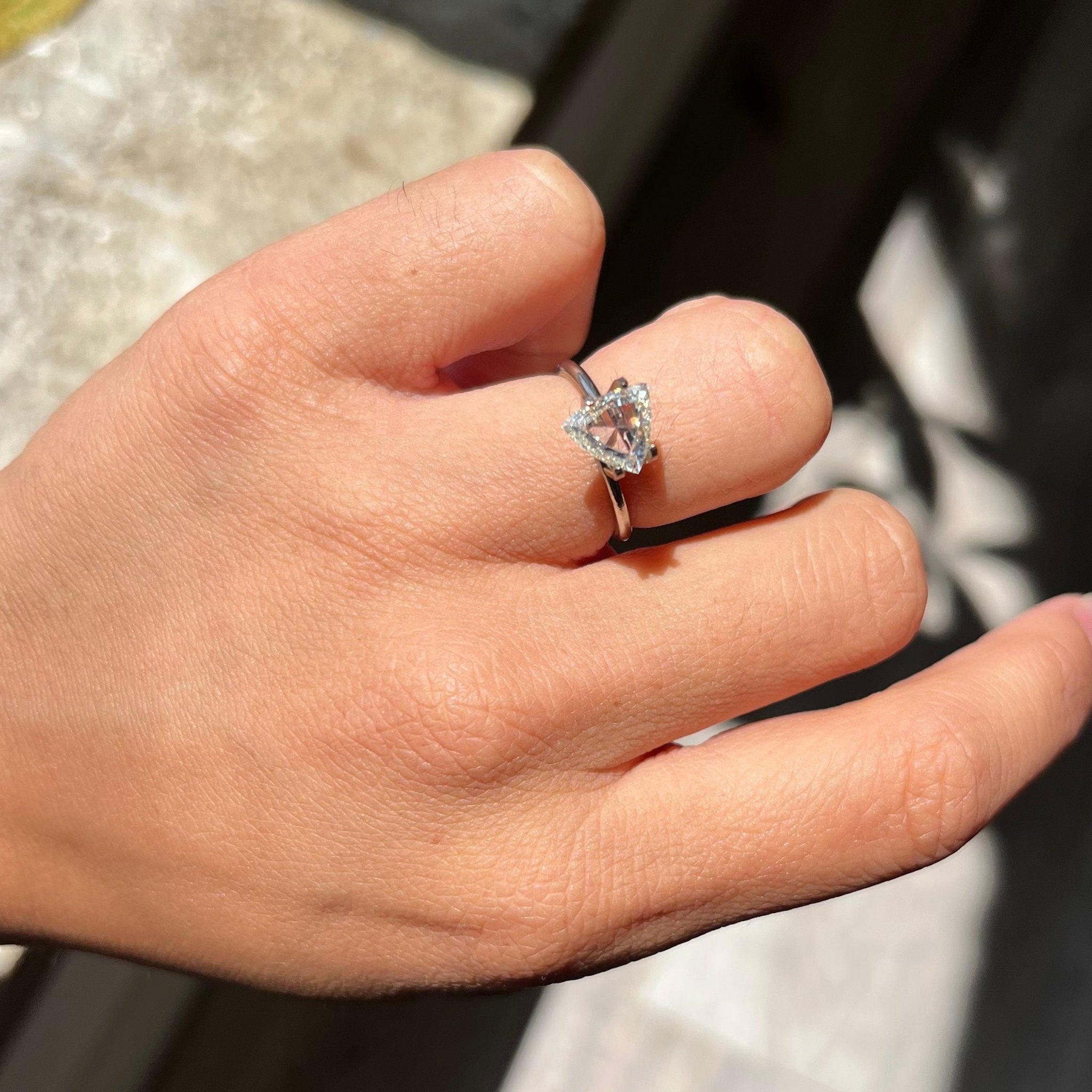
1.03ct Rose Cut Trillion Cut Diamond, GIA UV SI2
- Regular price
- $3,900.00 USD
- Sale price
- $3,900.00 USD
- Regular price
-
-
1.09ct Elongated Old Mine Cut Diamond, GIA D SI1
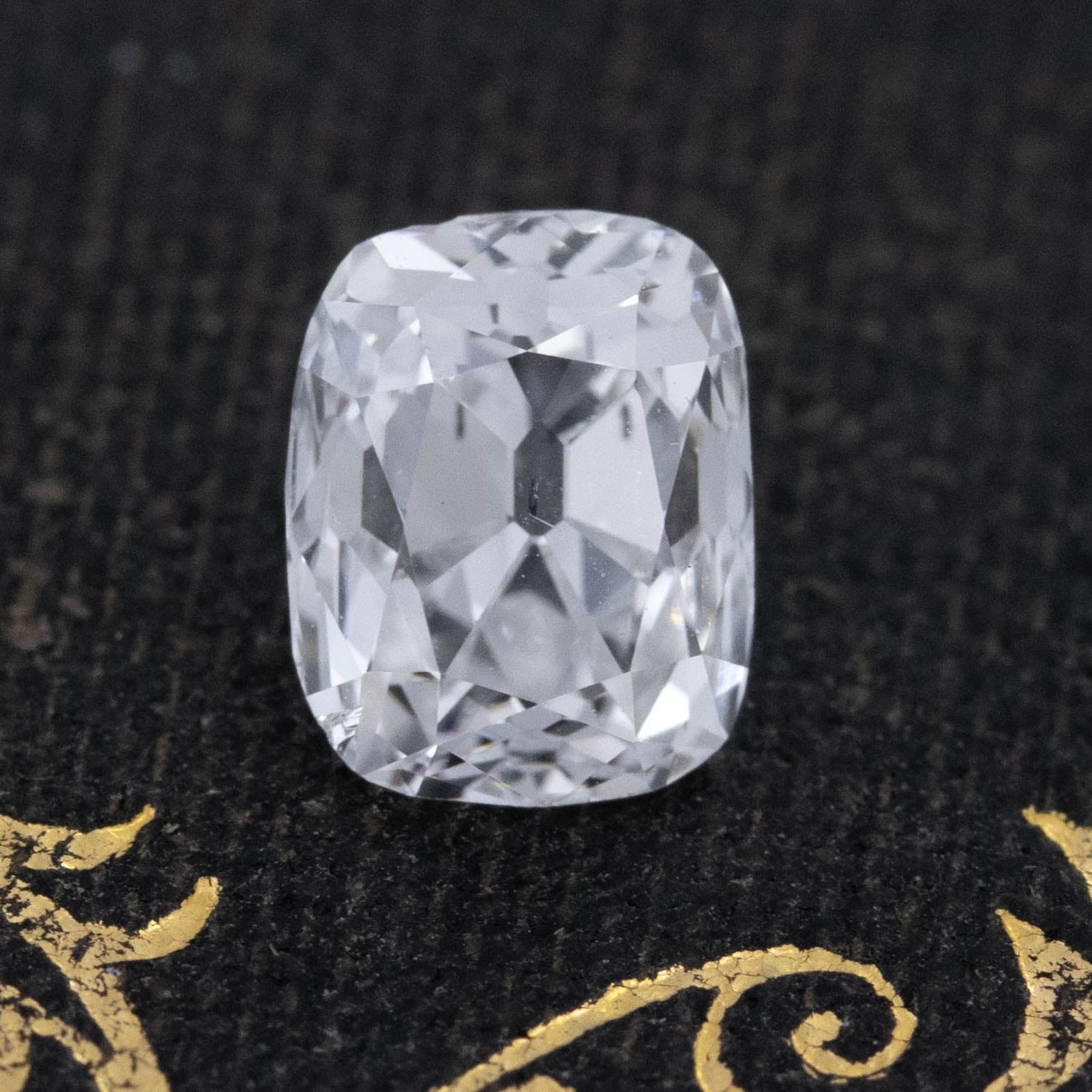
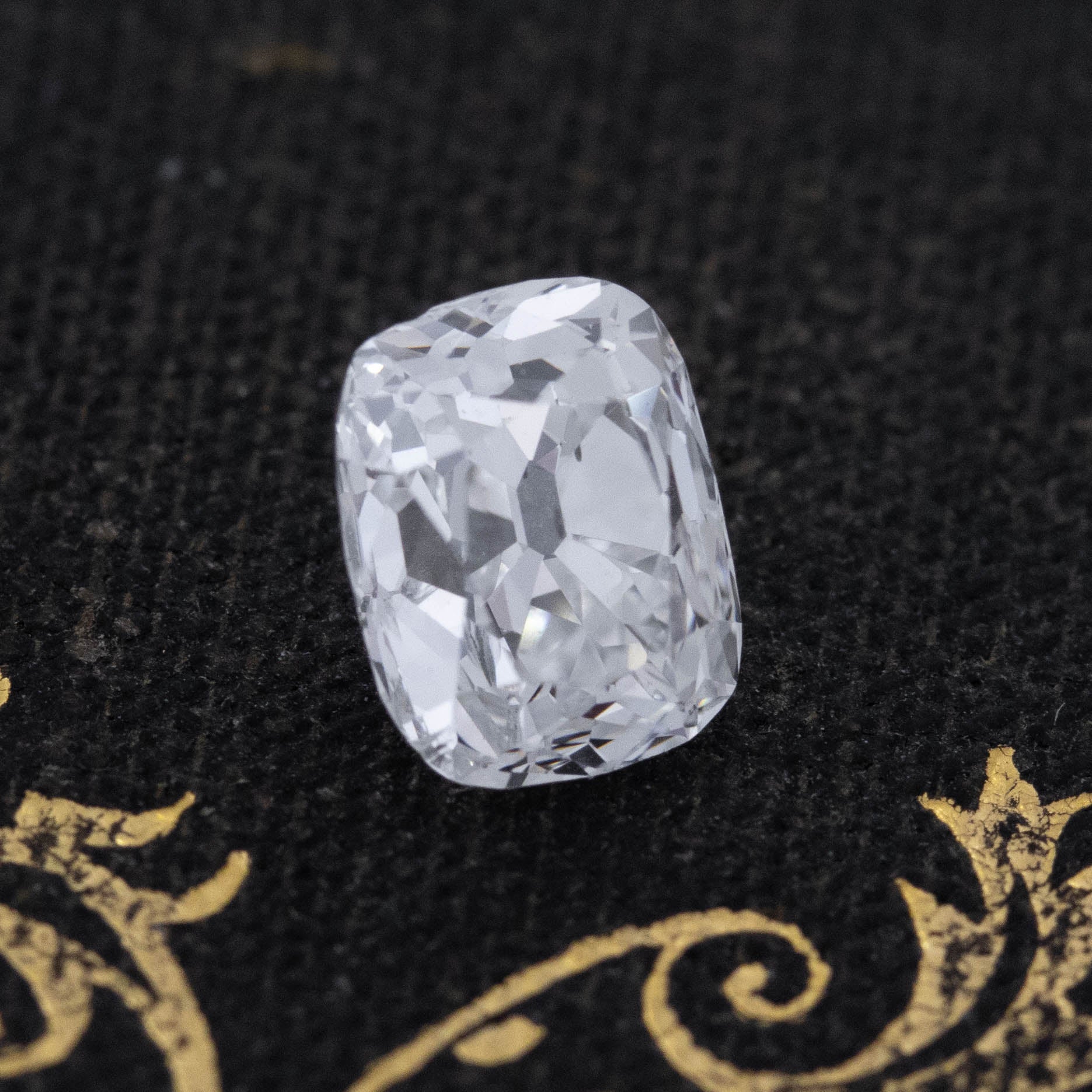
1.09ct Elongated Old Mine Cut Diamond, GIA D SI1
- Regular price
- $7,400.00 USD
- Sale price
- $7,400.00 USD
- Regular price
-
-
1.11ct Octagonal Cut Diamond, GIA G VS2
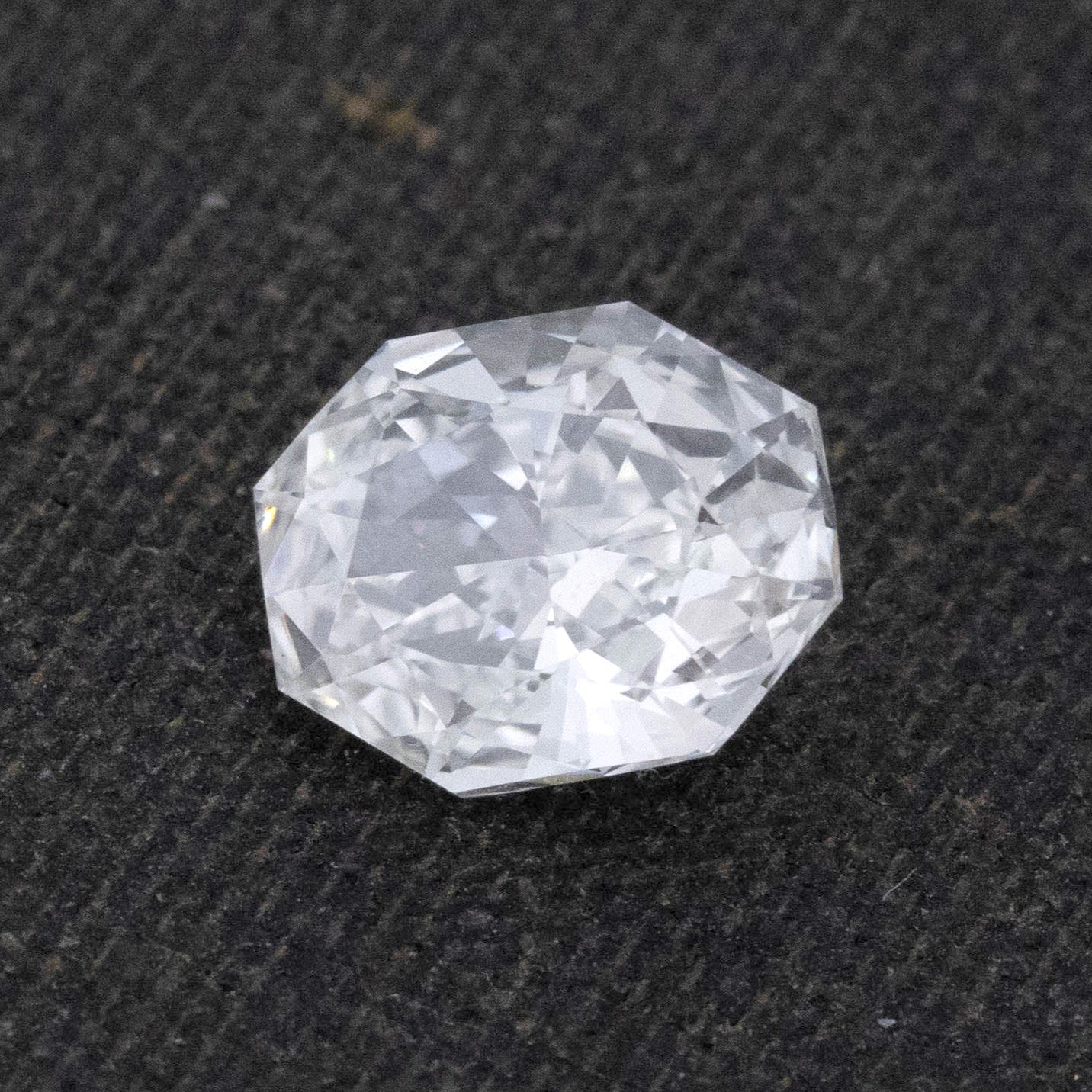
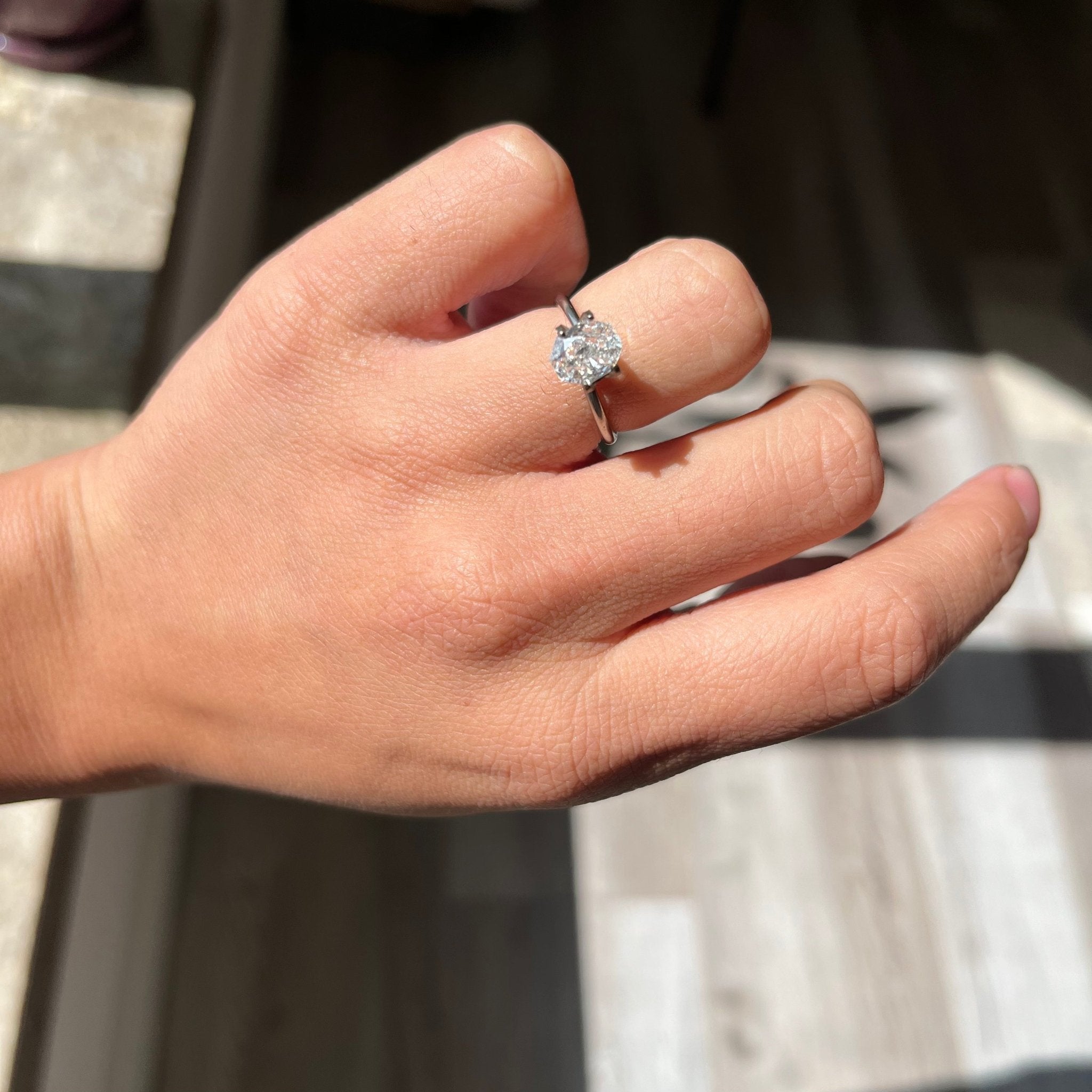
1.11ct Octagonal Cut Diamond, GIA G VS2
- Regular price
- $7,300.00 USD
- Sale price
- $7,300.00 USD
- Regular price
-
-
1.12ct Peart Cut Diamond, GIA H VS1
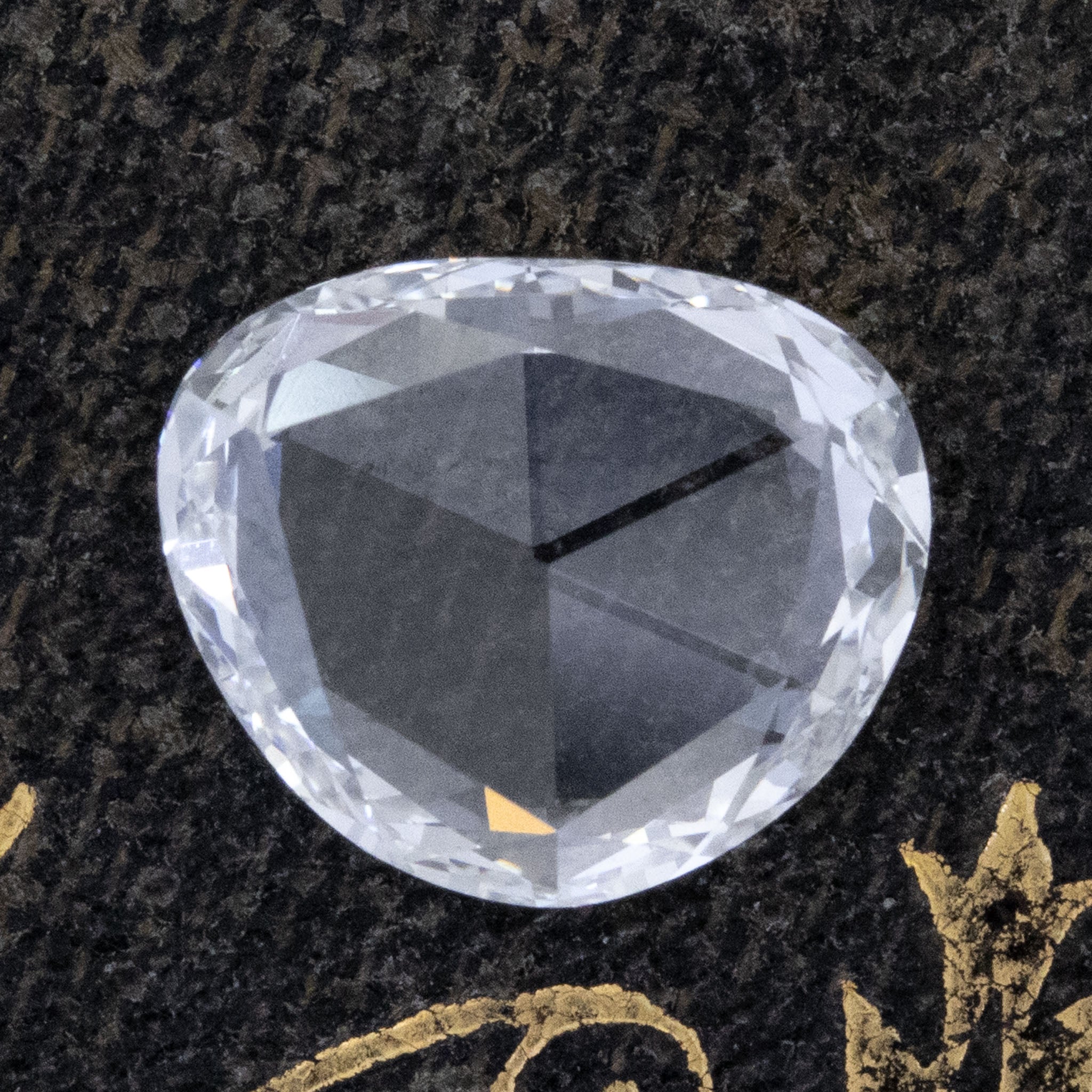
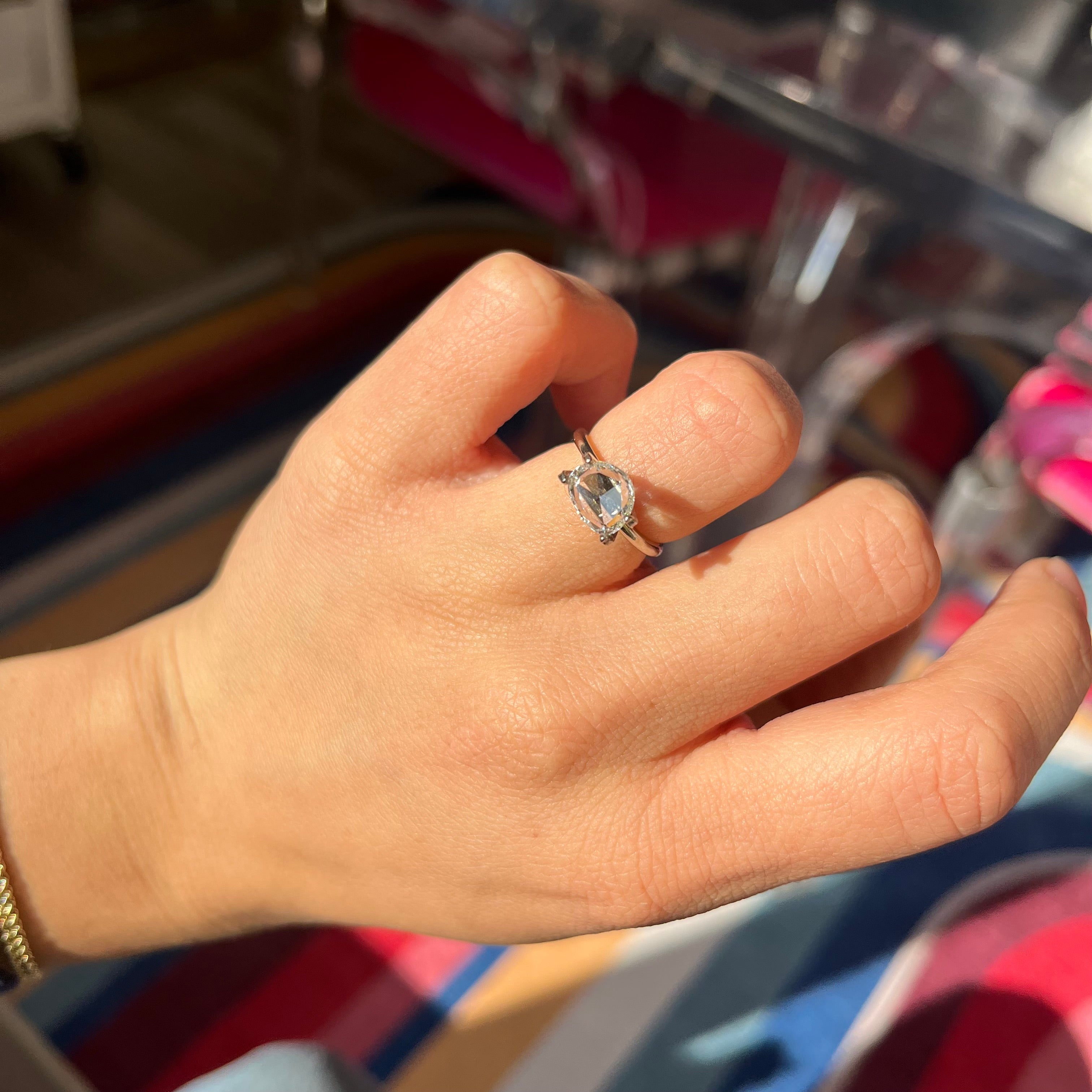
1.12ct Peart Cut Diamond, GIA H VS1
- Regular price
- $8,950.00 USD
- Sale price
- $8,950.00 USD
- Regular price
-
-
1.17ct Hexagonal Portrait Cut Diamond, GIA FLY VVS1
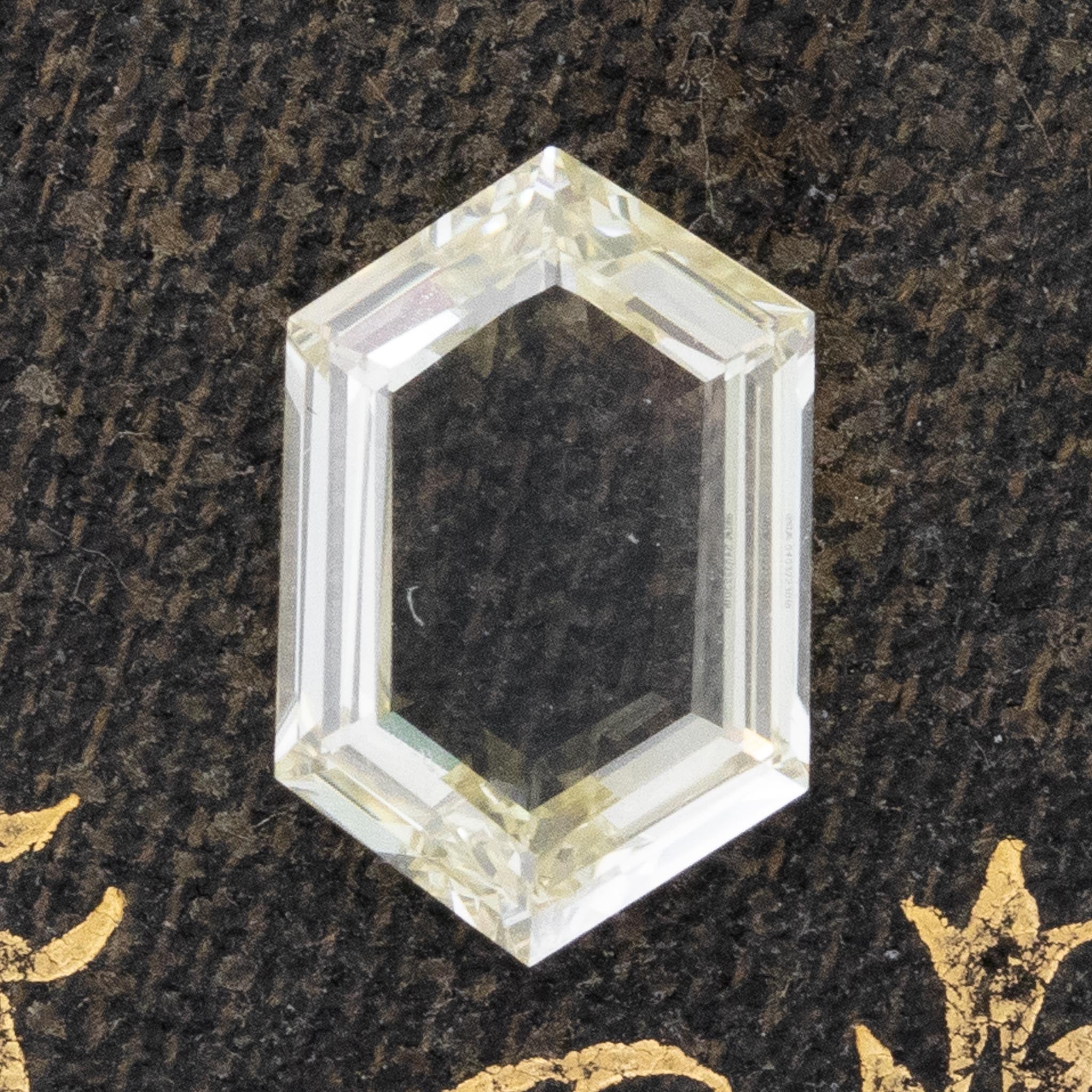
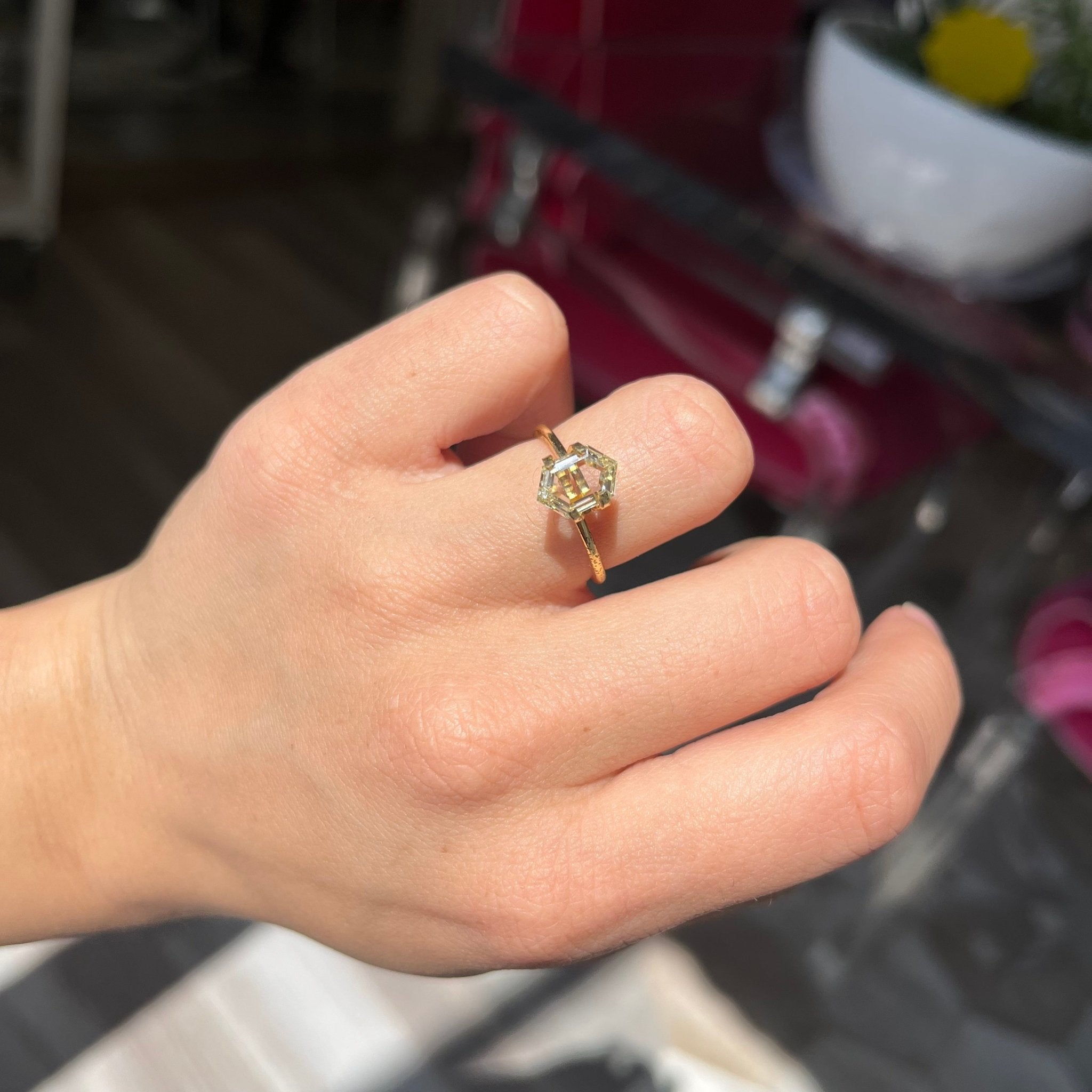
1.17ct Hexagonal Portrait Cut Diamond, GIA FLY VVS1
- Regular price
- $5,600.00 USD
- Sale price
- $5,600.00 USD
- Regular price
-
-
1.20ct Criss Cut Diamond, GIA I VS2
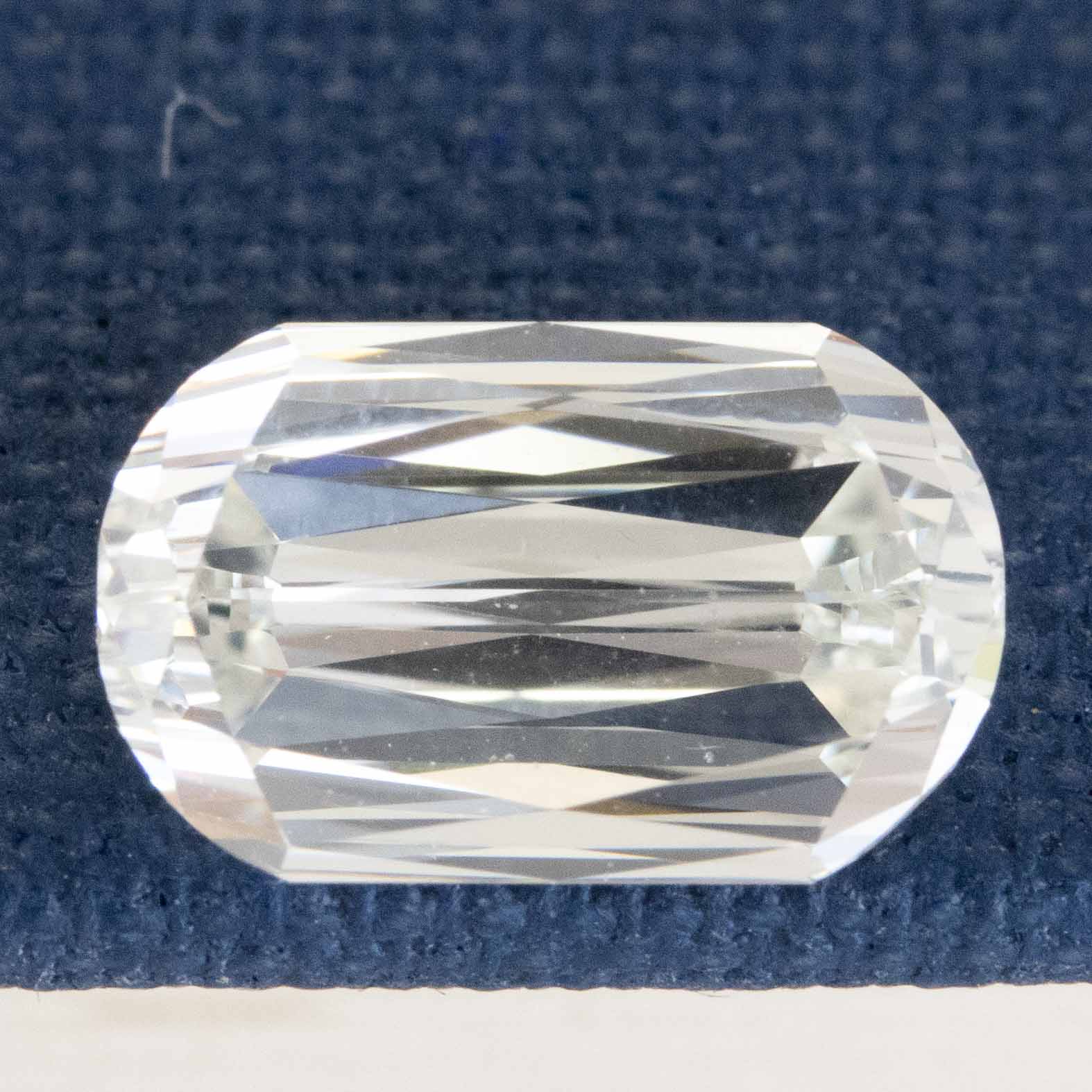
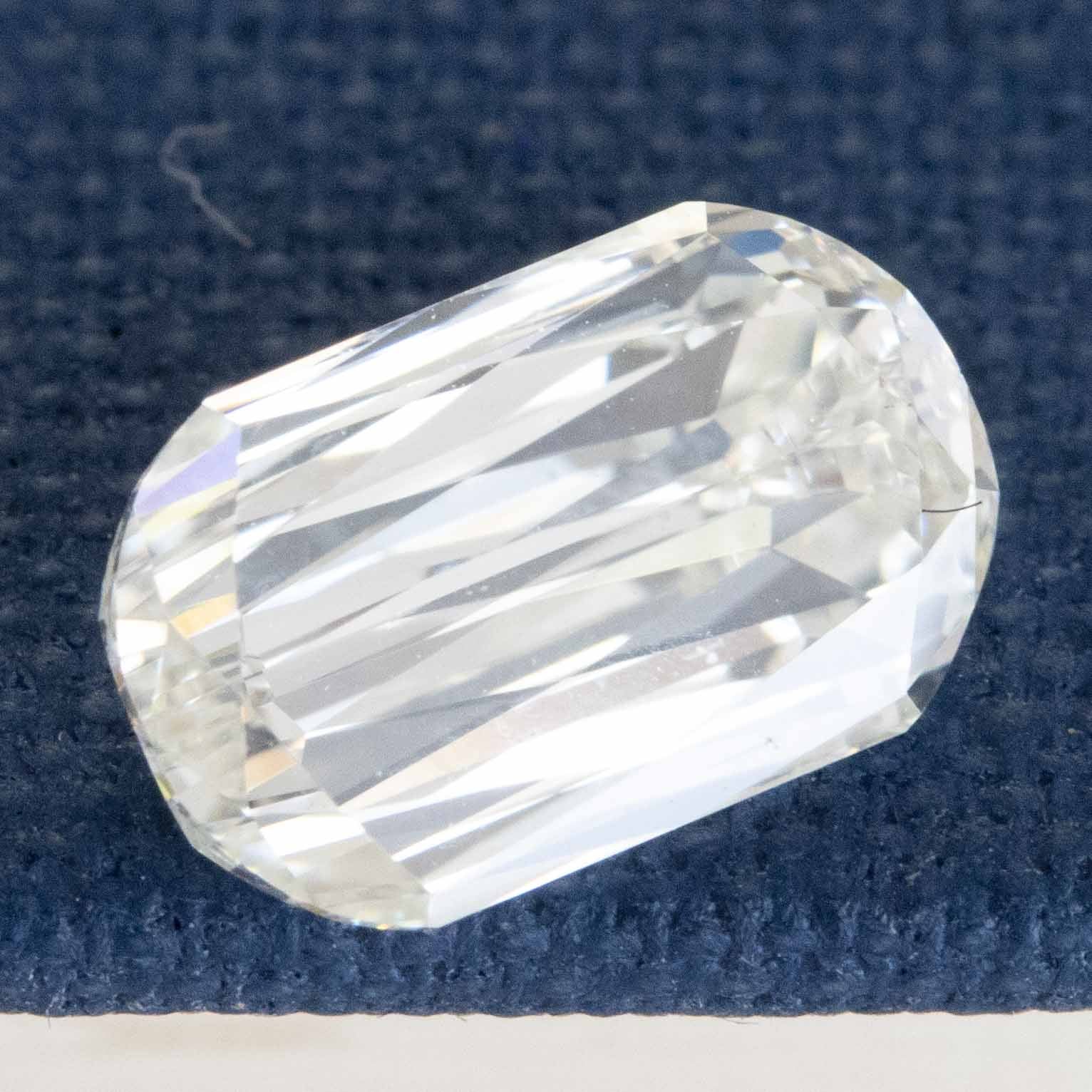
1.20ct Criss Cut Diamond, GIA I VS2
- Regular price
- $6,995.00 USD
- Sale price
- $6,995.00 USD
- Regular price
-
-
1.31ct Step Cut Portrait Cut Diamond, GIA FY-G VS1


1.31ct Step Cut Portrait Cut Diamond, GIA FY-G VS1
- Regular price
- $5,900.00 USD
- Sale price
- $5,900.00 USD
- Regular price
-
-
1.52ct Cushion Cut Diamond, GIA F SI1
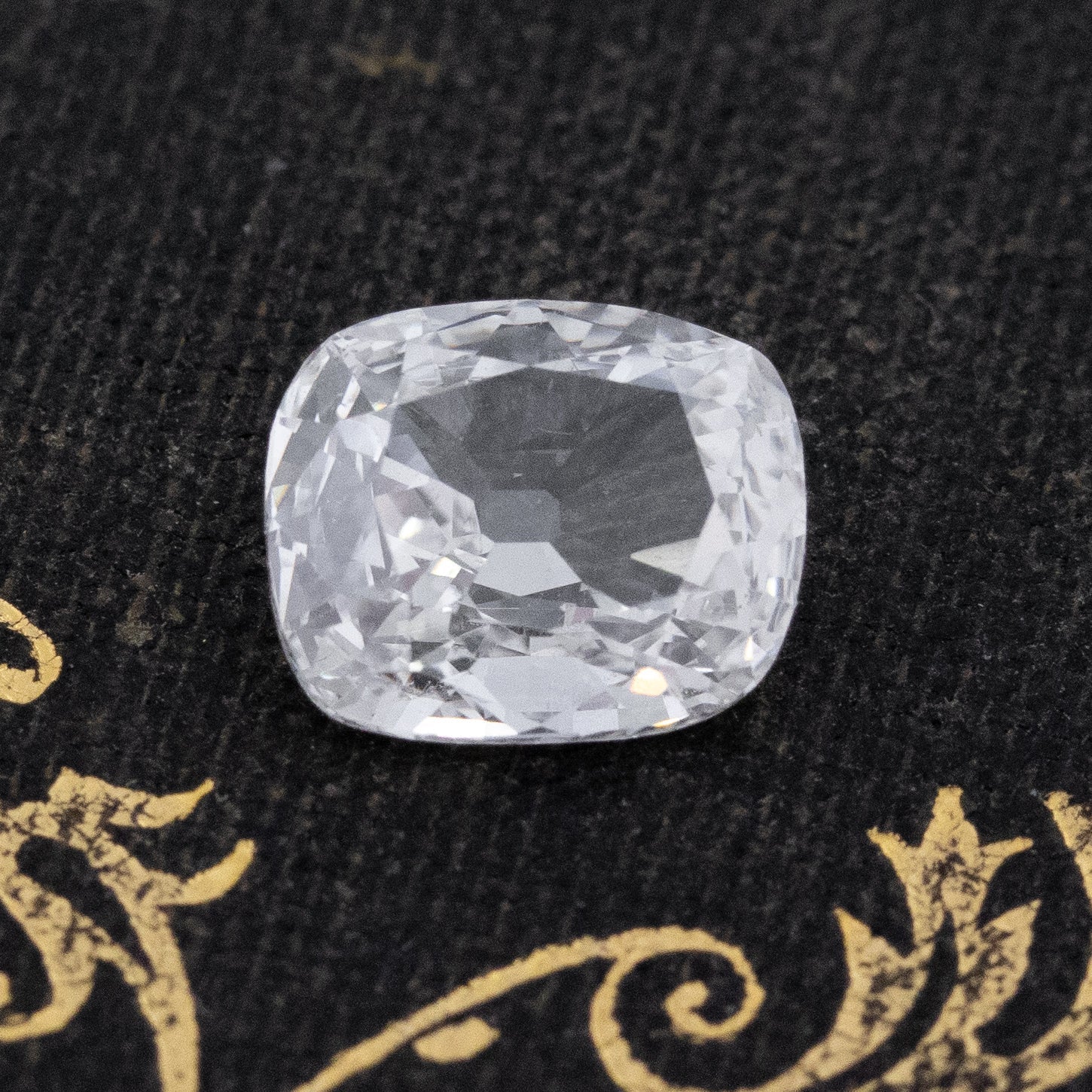
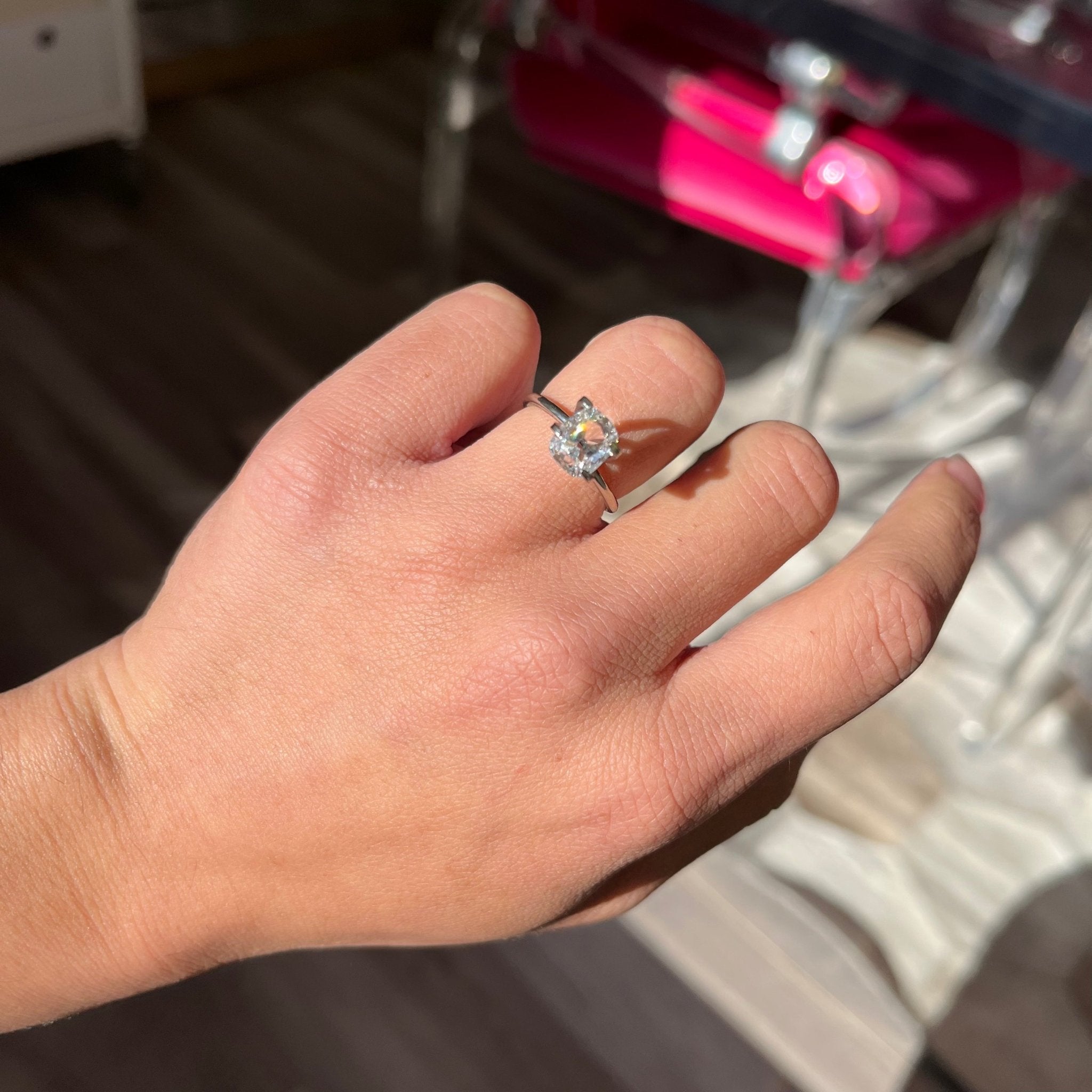
1.52ct Cushion Cut Diamond, GIA F SI1
- Regular price
- $13,900.00 USD
- Sale price
- $13,900.00 USD
- Regular price
-
-
1.55ct Vintage Asscher Cut Diamond, GIA H VS2


1.55ct Vintage Asscher Cut Diamond, GIA H VS2
- Regular price
- $14,500.00 USD
- Sale price
- $14,500.00 USD
- Regular price
-
-
1.78ct Transitional Cut Diamond GIA U-V VS2
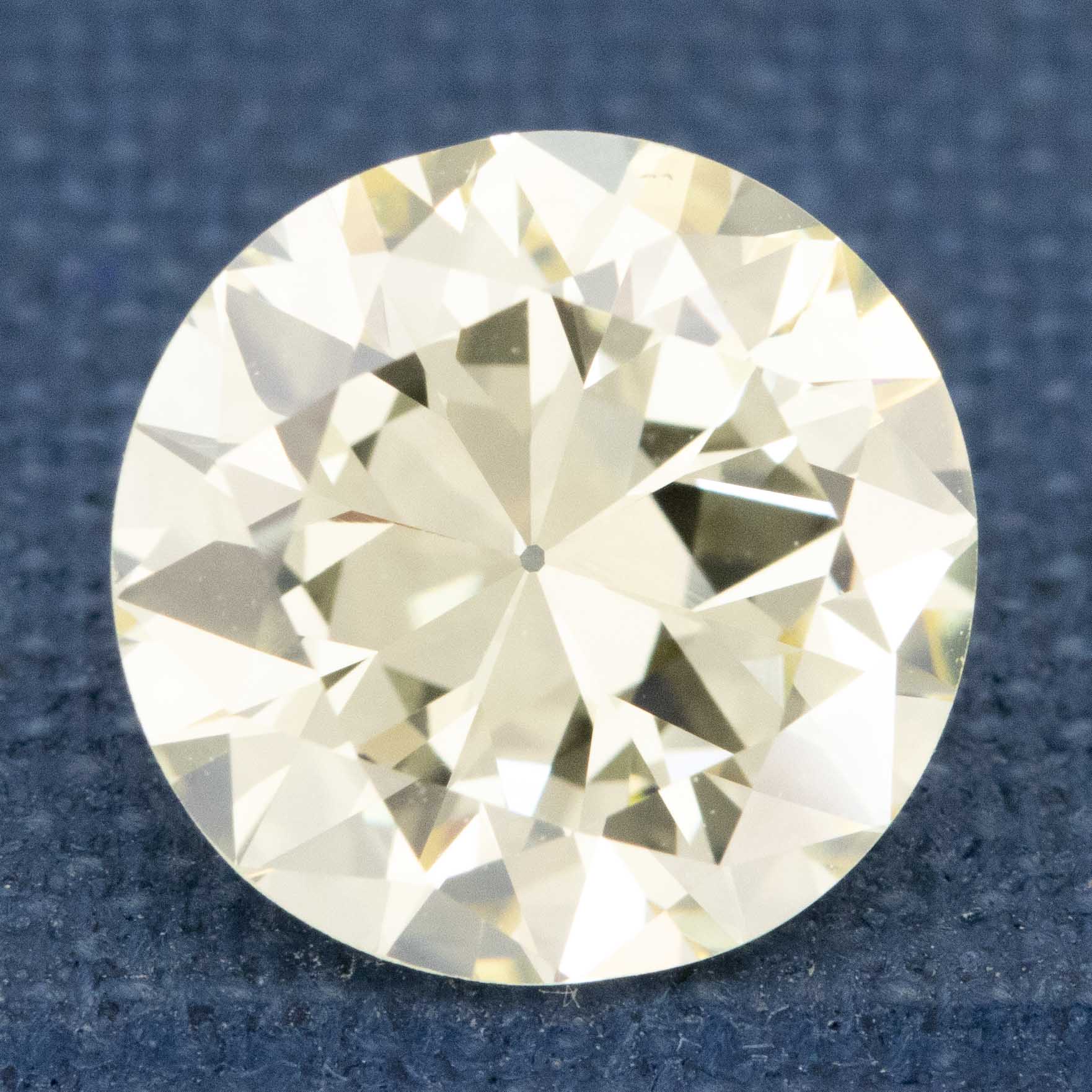
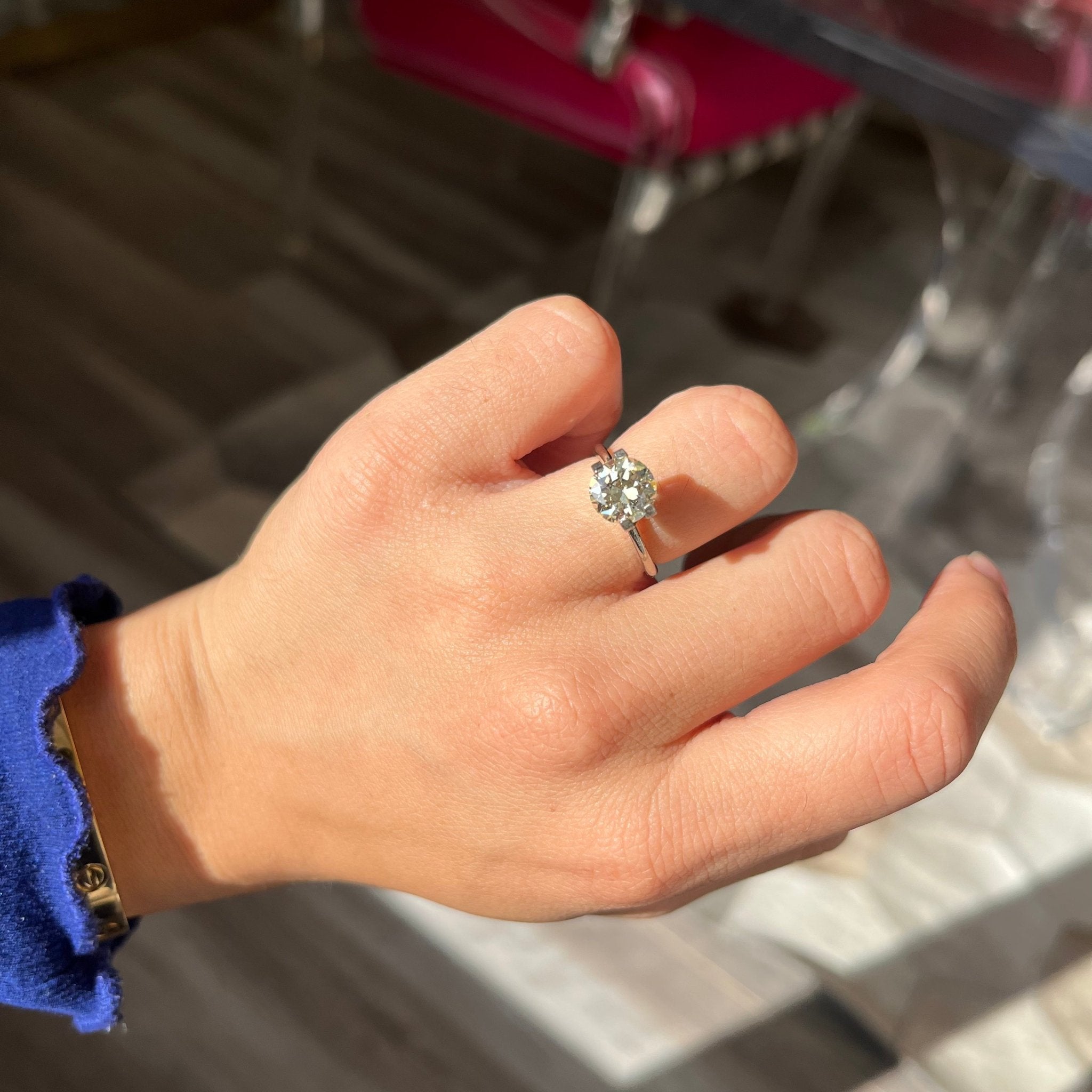
1.78ct Transitional Cut Diamond GIA U-V VS2
- Regular price
- $6,150.00 USD
- Sale price
- $6,150.00 USD
- Regular price
-
$6,900.00 USD


